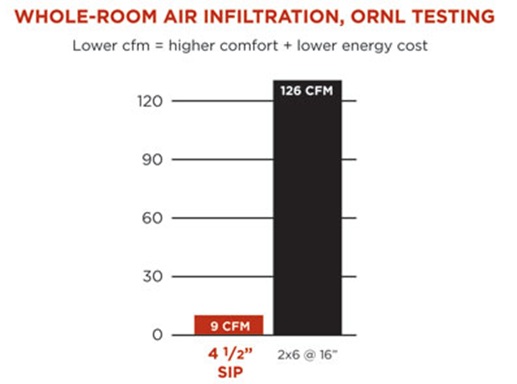Home, a simple four lettered word, yet it manages to personify the lifelong experiences and generations of its inhabitants, which is perhaps why the word ‘Home’ ranks among the premiere words in human vocabulary to associate emotions and feelings. Naturally, whenever home or residence is brought up, an overwhelming majority of customers tend to get extremely serious, partly because of its long term financial implications and partly because of its sentimental value. Nonetheless, buying a home is one thing, but getting it built or renovating it is an entirely different experience, that’s what this article is aiming to address ‘building a home, smartly!’. Let’s start off with rising energy costs and global warming, they both are directly linked with each other. How? Think of it this way, when you use more energy, more natural resources must be consumed to meet your demands. Now if you are a singularity, that’s all well and good, but we all know that there are more than 7 billion humans on planet, so each human will be using some form of energy to sustain their daily lives, and that is where intelligent solutions must be adopted, which enables us to use less and produce more.
On to housing, insulation is paramount and testing at Oak Ridge National Laboratories (ORNL) reveals that R-Control SIPs trumps conventional framing with batt insulation. Proof? Let’s talk numbers. But first up, you need to know about R-value. You might be wondering what is R-value? In a nutshell, R-value is a measure of resistance for the heat flow through any certain material in question. Theoretically speaking, the higher the R-value, the higher its resistance to heat. That’s true to a certain point, but there are other factors which influence the effectiveness of a material to resist heat. Sadly, this factor has managed to establish itself as the universal method for comparing insulations – the higher the R-value, the better the material. But it doesn’t work like that. R-value is an outcome of multiple factors and it’s safe to say all of them are not created equal.
R-Value = (Temperature Difference x Area x Time) / Heat Loss
The underlined fact; The R-values of an insulation is measured inside a lab and your home isn’t inside a lab. There are factors like wind, humidity and temperature, which are in play and effectively influence this whole situation. At this point you might be wondering, how do we gauge an insulated material? The appropriate answer to this question is; An insulation system that has exceptional R-value prevents heat loss via conduction and convection by working as a buffer and is densely packed to prevent heat loss by radiation. In short, the answer is R-Control SIPs. Remember earlier in the article we mentioned tests at ORNL (Oak Ridge National Laboratories)? Now’s the time to explore them. Those tests at ORNL reveal that R-Control’s air tight Structural Insulated Panels for walls are far superior to conventional stick frame and batt insulated walls. 4-1/2” R-Control air tight Structural Insulated Panels were 45% better than 2×4’s with R-13 batt insulation and in fact were also better than 2×6’s with R-19 batt insulation.

In terms of air tight structural insulation, ORNL tested R-Control energy saving SIPs side by side with stick construction. The results were impressive – the air leakage from the R-Control energy-efficient SIPs construction was less than 10% of the stick construction. R-Control energy-efficient SIPs translate into more comfortable structures with fewer drafts and lower utility bills.
At this point you might be wondering about the additional HVAC design considerations? The answer is yes. The stable R-value and lower air leakage of SIPs, require that heating and cooling equipment must be designed for a high performance envelope structure. This translates into lower capacity heating and cooling units and most importantly lower cost units. Since R-Control SIP structures are so air tight, air exchangers are required as part of the HVAC system to bring fresh air into the structure while simultaneously exhausting air from the structure to ensure optimum indoor air quality. Considering the insights provided in the article, we thought it would be best if we are to summarize some of the benefits of using Structural Insulated Panels (SIPs):
- Since R-Control SIPs are a single product encompassing the benefits of both insulation and structural performance, the product is designed to satisfy your need to cut down energy costs via intelligent and modern solutions.
- These SIPs consist of expanded polystyrene insulation laminated with structural adhesives to oriented strand board structural sheathing. This sandwich panel forms an amazingly strong insulated panel for building walls, roofs and floors.
- These panels are manufactured under factory controlled conditions and can be fabricated to fit nearly any building design.
- Since R-Control SIPs are a single building product, it saves time, money and labor costs.
- It makes up for its initial cost by saving you logistics, installation, labor and energy cost.
